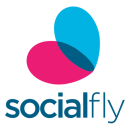Particularly in times of hardship or uncertainty, people want to feel like they’re a part of a group. COVID-19 has made finding and joining physical networks especially difficult as people practice social distancing. That’s why the following six NYC companies turned to their digital communities, giving users, members and customers the opportunity to network and socialize. Above all, these online spaces provide people with a platform to share their stories.
An oft-intended benefit of such a platform? Employees can better understand customer challenges.
“Navigating the unknown becomes a little less scary if you can connect with thousands of your peers and share ideas and tips,” Mike Stone, a community director at operations management platform BetterCloud, said.
He and his peers ask users questions like, “How are you dealing with X, Y, Z?” and, “What are you experiencing?” Most importantly, he and fellow tech professionals are listening to the answers.

Baby food and health company Little Spoon was built based on the idea that nutrition should be accessible to everyone. Co-founder, President and CMO Lisa Barnett takes the same approach to digital community-building. She said that the thousands of questions the team has received across the U.S. over the years served as the impetus for creating a full-fledged digital community where customers can not only connect with one another, but also see “some familiar parenting faces.”
What was the most important strategy you used to build a digital community around your brand?
Little Spoon enters our customers’ lives at an incredibly vulnerable time: new parenthood. Parents encounter endless new normals in their first year. It’s common to feel loneliness, shame, guilt and uncertainty. Yet too few people talk about it or openly address how truly normal these feelings are.
As a brand, we’re on a mission to make parents’ lives easier, especially when it comes to keeping your kids healthy. Living by that mission doesn’t just mean creating solutions that give parents more bandwidth without guilt. It means breaking the taboos that cause the guilt, loneliness and inadequacy in the first place.
So we launched “Is This Normal,” a parenting portal for users to get their questions on this life stage answered by experts, familiar faces and parents just like them. We offer our community the chance to submit their questions anonymously. And with every question answered, we aim to bring our Little Spoon family closer together while destigmatizing the realities of new parenthood.
Our active Facebook community has a mind of its own at this point.’’
What’s one way you’ve leveraged that digital community recently to improve your connection to customers at a time when physical connection isn’t possible?
Our active Facebook community has a mind of its own at this point. Parents share their ideas, experiences, recipes, etc. to lift each other up. We continue to receive dozens of questions on “Is This Normal” daily — now largely about mental health in quarantine, entertaining children, finding ways to cope with anxiety and other topical issues.
Our customers have also naturally become a vocal audience for us to bounce product ideas off of. We’ve been fortunate to include several hundred of our customers in some early-access programs during this time.
We have several product launches on the horizon. And with the help of our community’s feedback and involvement, we are working to speed up timelines for new product launches to address parents’ needs.
What has been the most important consideration for your team when it comes to the messaging and tone of your digital content?
Being a parent is a challenge during normal times. It’s a constant balancing act. It requires you to make insane, sometimes unfair trade-offs daily. In a pandemic, a generation of new parents are struggling to get by each day.
An intimate understanding of what our customers are going through has affected and changed our messaging, our tone and even the solutions we are bringing to market. We want to ensure we are helping parents as much as we can with one of their key responsibilities: keeping their kids healthy without breaking the bank or having to sacrifice quality.
We’ve also donated over $100,000 of our baby food across the U.S. through Feeding America. We’ve helped subsidize our baby food, vitamins and natural remedies for any customers who were financially impacted by COVID-19. We’ve also extended our Facebook community efforts to create further ways to connect with other Little Spoon parents.
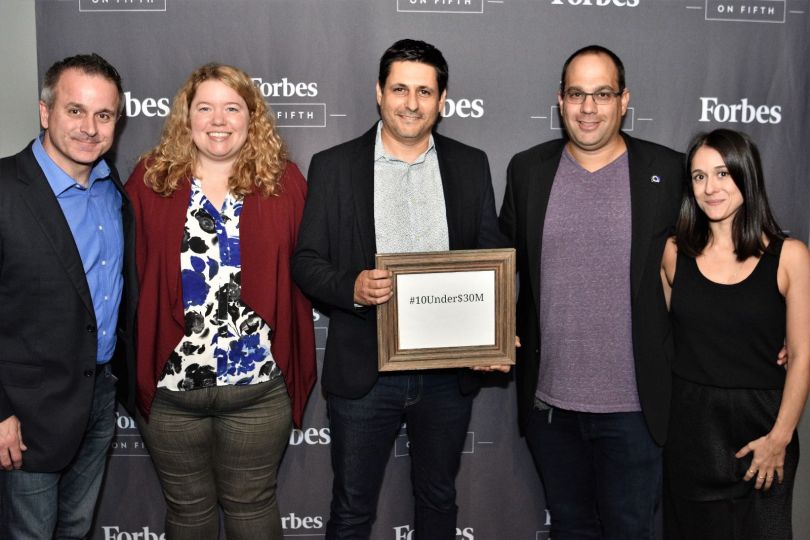
At service-industry support company Aquant, the team takes a resource-oriented approach to outreach on digital platforms. VP of Marketing Mairead Ridge said that doing so involves asking about consumer pain points and offering free services, like access to a customer tool that minimizes technician exposure for those working in the field.
What was the most important strategy you used to build a digital community around your brand?
In the early weeks of the COVID-19 pandemic, we decided to support our community by creating a series for industry leaders called “Resources for Resilience.” The goal of the series is to help service leaders connect with each other and offer advice and lessons learned about the challenges they’re facing.
We host frequent webinars featuring client speakers sharing their stories and Zoom roundtable discussions about reacting to and recovering from the pandemic. We also launched a service leaders support network on Slack for members of the community to connect with one another.
What’s one way you’ve leveraged that digital community recently to improve your connection to customers at a time when physical connection isn’t possible?
Providing a forum for clients to discuss their challenges, like we’ve done with the Zoom roundtables, helps us understand their needs better. And clients say that it’s beneficial to have open discussions with their peers, particularly when we’re all missing the face-to-face opportunities that industry conferences provide.
In terms of results, webinars featuring client stories have helped us evolve to keep pace with all the challenges involved in making remote customer connections. We previously relied on conferences and in-person events to drive leads. Now we are leaning into digital communities, trying to foster a similar rapport.
Our messaging strategy during this time has been to provide value and educate.’’
What has been the most important consideration for your team when it comes to the messaging and tone of your digital content?
Our messaging strategy during this time has been to provide value and educate rather than make a hard sell. We’re asking our clients and prospects what we can do for them. How can we make the transition to recovery easier? In that spirit, we are offering free access to a self-service customer tool that minimizes technician exposure in the field. This resource-oriented approach has actually opened the door to more conversations with our audience, resulting in sales opportunities.
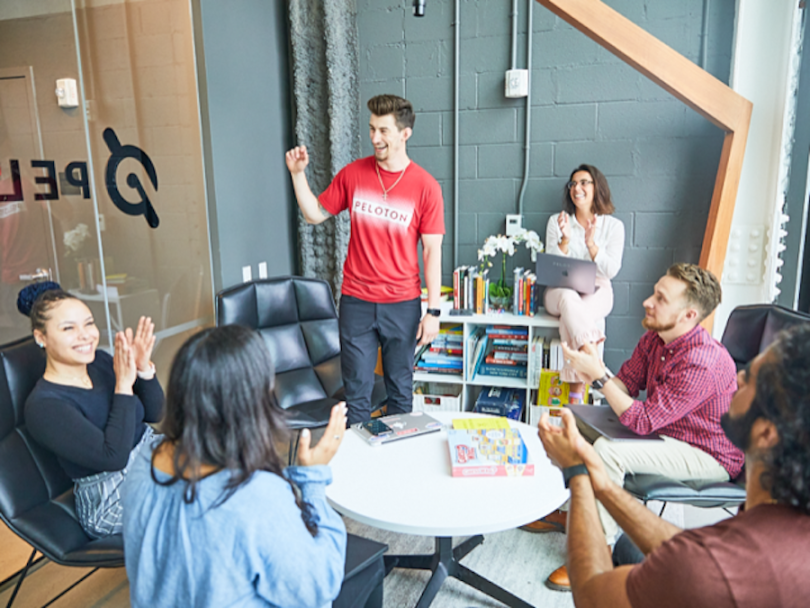
Peloton is well-positioned to serve remote users. VP of Community Jayvee Nava said that Peloton was built so that members could control every aspect of their experience from their homes. Below, she and Product Manager Kate Wallace explain how that initial idea spurred a community that has served as a major differentiator in the fitness space.
What was the most important strategy you used to build a digital community around your brand?
Nava: Our co-founders didn’t explicitly set out to build a community when they started Peloton. It was, in a sense, a happy accident. We created a product that allows people to connect with others who share the same passion through our Bike, Tread or App without having to leave the comfort and convenience of their home.
From day one, we have operated with a members-first philosophy. We deliver our products ourselves and launch features in response to the community. One of Peloton’s members started the official Peloton member page, our Facebook group, in early 2015. As it began to grow, we saw that members were able to communicate with each other and with the brand. So we began moderating it later that year. Now, we have almost 300,000 members.
Eventually, members wanted to meet in person to celebrate milestones and take live classes together in real life at the Peloton studio in NYC. We had our first meetup in October 2015. A group of 25 members flew to NYC for a weekend to meet each other and ride together in the studio. That event led to our annual homecoming, where we invited all of our members to join us in NYC for three days to connect with each other, celebrate milestones and work out with their favorite instructors. We hosted our first official homecoming in February 2016 with 120 members. In May 2019, we hosted 3,000 members from 49 states plus Puerto Rico, Canada and the UK.
What’s one way you’ve leveraged that digital community recently to improve your connection to customers at a time when physical connection isn’t possible?
Wallace: We recently celebrated the launch of “tags,” a social experience inspired by our community. Members can use tags to enhance the discovery and workout experience, from elevating classes that are trending to facilitating competition on the leaderboard. Members can create their own tag or browse through the thousands the community has already created.
Since launching “tags,” we’ve seen members connect with each other over a favorite instructor, their hometown or being a Peloton mom or dad. Members have created tags to represent their personalities and find others who share their interests.
We wanted to bring an even greater sense of community onto the Peloton platform, and the feature couldn’t have come at a better time. Members can work out from their homes without feeling alone.
Members can work out from their homes without feeling alone.’’
What has been the most important consideration for your team when it comes to the messaging and tone of your digital content?
Nava: As concerned and sensitive conversations continue to pick up, it’s important to have guidelines in place to ensure teams are aware of the tone and voice we use across all touchpoints.
Now more than ever, many people are going to social media to find news and updates about our brand. So it’s important that we are continuing to share and engage our audience with the most up-to-date information.
We’re inspired every day by the personal stories our members share. We want to continue to highlight the power of our community, welcome new Peloton members and offer support by providing helpful information, from delivery to content and product features.
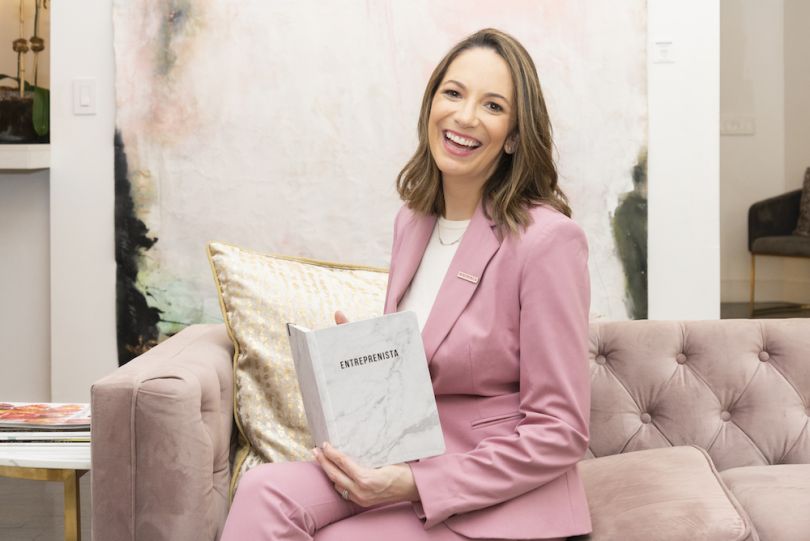
At Socialfly, Stephanie Cartin has found that Instagram Live has been a practical platform for featuring “seasoned entreprenistas” across industries. The digital agency co-founder also co-hosts “The Entreprenista” podcast, a weekly show featuring the ins and outs of running a business as a woman. She has been reevaluating her social strategy even more than usual to determine what type of content is engaging the brand’s audience right now.
What was the most important strategy you used to build a digital community around your brand?
When we started building a digital community around “The Entreprenista” podcast, we wanted to find a way to highlight female founders and use our platform to share their stories and missions. So, we released weekly episodes featuring acclaimed female founders. But it was the three to four additional stories via Q&A posts in our Instagram feed that created the tight-knit community we have today.
With every feature, we offered a female founder in varying stages of her business the ability to share her story, wins and challenges with a community of like-minded entreprenistas. Today, while we are not able to physically connect with our audience, we have continued to share women founders’ stories of hope and perseverance running and pivoting their business during this time.
What’s one way you’ve leveraged that digital community recently to improve your connection to customers at a time when physical connection isn’t possible?
Recently, we have taken to Instagram Live to have authentic conversations about the challenges women founders are currently facing with COVID-19. We know that the majority of our audience is currently dealing with a lot of uncertainty as we adjust to a new normal. By hosting live interviews every week, we hope to bring them inspiration and practical solutions as we all navigate similar challenges.
We have noticed an uptick in engagement as our followers tune in weekly and ask questions live to our featured guests. We’ve also launched a Slack community to help our entreprenistas connect with each other one-on-one.
Listen to what your audience wants during this time.’’
What has been the most important consideration for your team when it comes to the messaging and tone of your digital content?
Listen to what your audience wants during this time. Check in with them via Instagram Stories and stay open to their feedback. Stay nimble and adapt your strategy often. In the last couple of months, your audience’s behavior, lifestyle and priorities have changed.
Hit pause on planned content strategies and ask your audience what type of content they wish to see in the coming weeks. It has become essential to be nimble and open to your audience’s feedback regarding the content you share. You can use native social media functions such as polls and questions or an email blast to obtain this information.
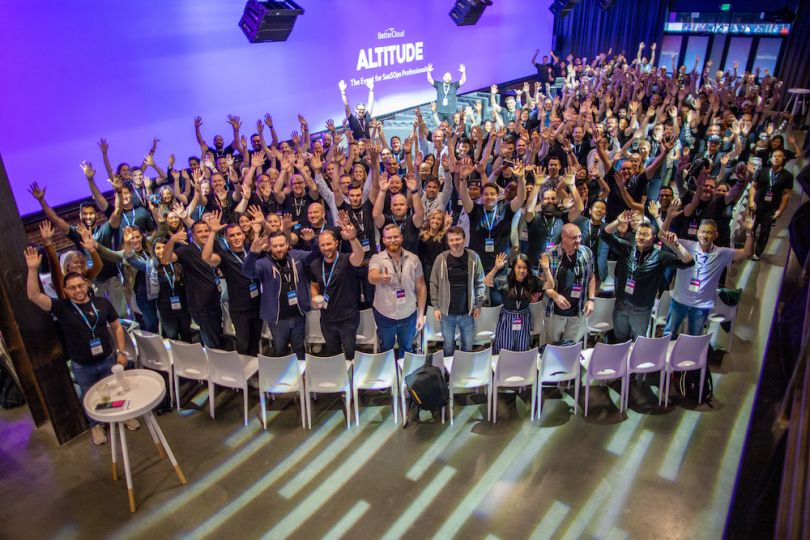
Authenticity transcends screens. Community Director Mike Stone said that in an effort to be as community-driven and transparent as possible, the SaaS operations management company meets customers in the IT space where they are. For now, that’s on Slack.
What was the most important strategy you used to build a digital community around your brand?
Our community is unique in that it is, for now, a hundred percent Slack-based. Our customers are primarily IT administrators for SaaS applications. A large majority of them use Slack internally as their main communication method at their company. Using Slack as a community platform is a natural extension of where they spend most of their time during their workday. It’s a platform they’re already familiar and comfortable with.
After deciding on Slack, we made it a point to let the members shape the community. We consciously did not want this to be a tool that BetterCloud is forcing people to use, but rather a tool that BetterCloud can naturally be a part of. When we rolled out our community, we contacted a few BetterCloud champions to find out what channels they would like, how they’d like to communicate, who they would like to communicate with, if they were open to allowing vendors to participate, etc. As a result, the community has been largely self-sufficient for the past four years. It’s membership and origins are authentic and community-driven.
What’s one way you’ve leveraged that digital community recently to improve your connection to customers at a time when physical connection isn’t possible?
Late last year, we had a community member start a bi-weekly live show for discussing SaaSOps called, “SaaSOps Life Virtual Event” (SOLVE). The show caught on. We ended up offering individual hosts our internal resources to build a landing page for it and promoted the show on our blog, the BetterCloud Monitor. As a result, the show’s attendance and the activity in the community have both increased.
Additionally, BetterCloud employees have always had a strong presence in our Slack community. This creates a particularly unique environment where our customers can chat directly with our customer experience teams, product team, marketing team and even the CEO whenever they’d like. As a result, customers and prospects are more willing to engage with the community. It creates a completely different style of engagement that our customers have come to appreciate.
Now more than ever, community matters.’’
What has been the most important consideration for your team when it comes to the messaging and tone of your digital content?
When it comes to messaging and tone, empathy has been key. IT has been under a lot of pressure recently. So we try to ask ourselves, “What content would be most valuable for IT right now? How can we equip them to get through this?”
The truth is, it’s not about us. It’s about community. And that’s an important sentiment we’ve been conveying in our messaging: Now more than ever, community matters.
Navigating the unknown becomes a little less scary if you can connect with thousands of your peers and share ideas and tips. We’ve been hosting a lot of webinars and live chats where we ask questions like, “How are you dealing with X, Y and Z?” “What are you experiencing?” People want to learn from each other, get helpful guidance and feel connected.

At Common, creating a native app was an early priority for the real estate company’s engineering team. Director of Member Experience Georgia Flaum said the brand wanted to give members the autonomy to organize their own events, network and socialize on a centralized platform. Recently, Common has stepped back from email campaigns as they’ve noticed a higher response rate from their app’s chat function.
What was the most important strategy you used to build a digital community around your brand?
We truly believe that community has to come from within. Therefore, it’s always been our goal to empower and enable our members to connect with each other through the technology we provide as opposed to telling them what a Common community should look like.
When you join Common, you’re gaining access to a network of forward-thinking individuals. We’ve built our own app to give members the ability to message each other in interest group channels, sort of like Reddit, Facebook or Slack. We also want our members to be able to organize their own events and advertise them on our platform.
What’s one way you’ve leveraged that digital community recently to improve your connection to customers at a time when physical connection isn’t possible?
One of the major perks of the Common membership is access to exclusive events including basketball games, concerts, food tours and more. Given COVID-19, we’ve had to turn everything digital. Fortunately, we’ve been able to leverage our relationships with many of our event vendors to provide virtual experiences that continue to foster a sense of community. We now offer weekly dance lessons, craft courses, cooking classes and live-streamed concerts for our members.
Folks are experiencing inbox fatigue.’’
What has been the most important consideration for your team when it comes to the messaging and tone of your digital content?
We’ve found that in this era, consumers are getting bombarded with COVID-19-related emails. Folks are experiencing inbox fatigue. While we’ve continued to send out emails to advertise our virtual experiences, we’re finding that we have a better response rate when we post updates via chat in our app.
Additionally, personalized approaches have been helpful. We have seen better engagement when we do one-on-one outreach and cater the conversation toward an individual member’s needs. We’ve also received a lot of helpful feedback by sending out virtual event-related surveys and incentivizing responses with gift cards. We want to make sure that we’re purchasing events that our members will be excited about.




